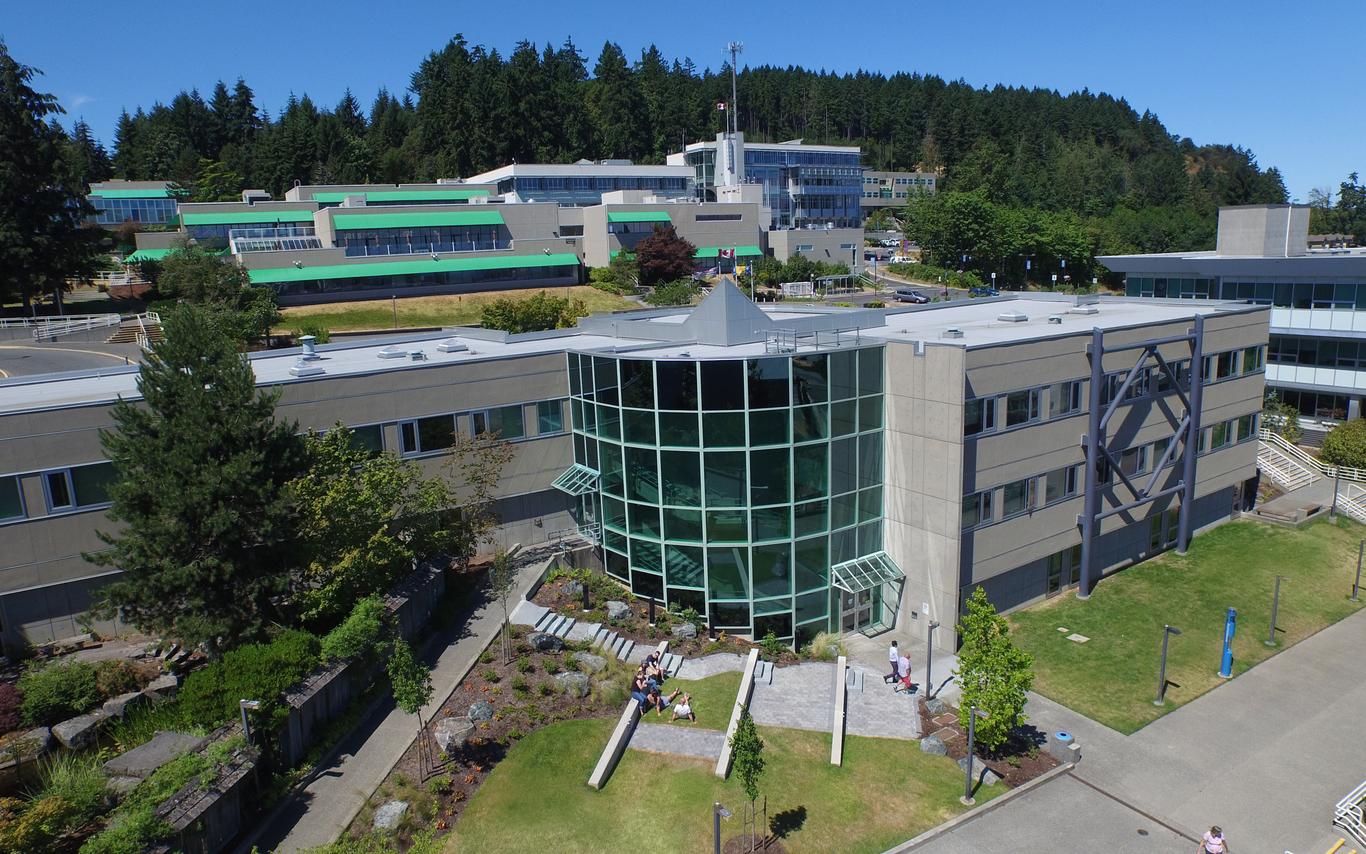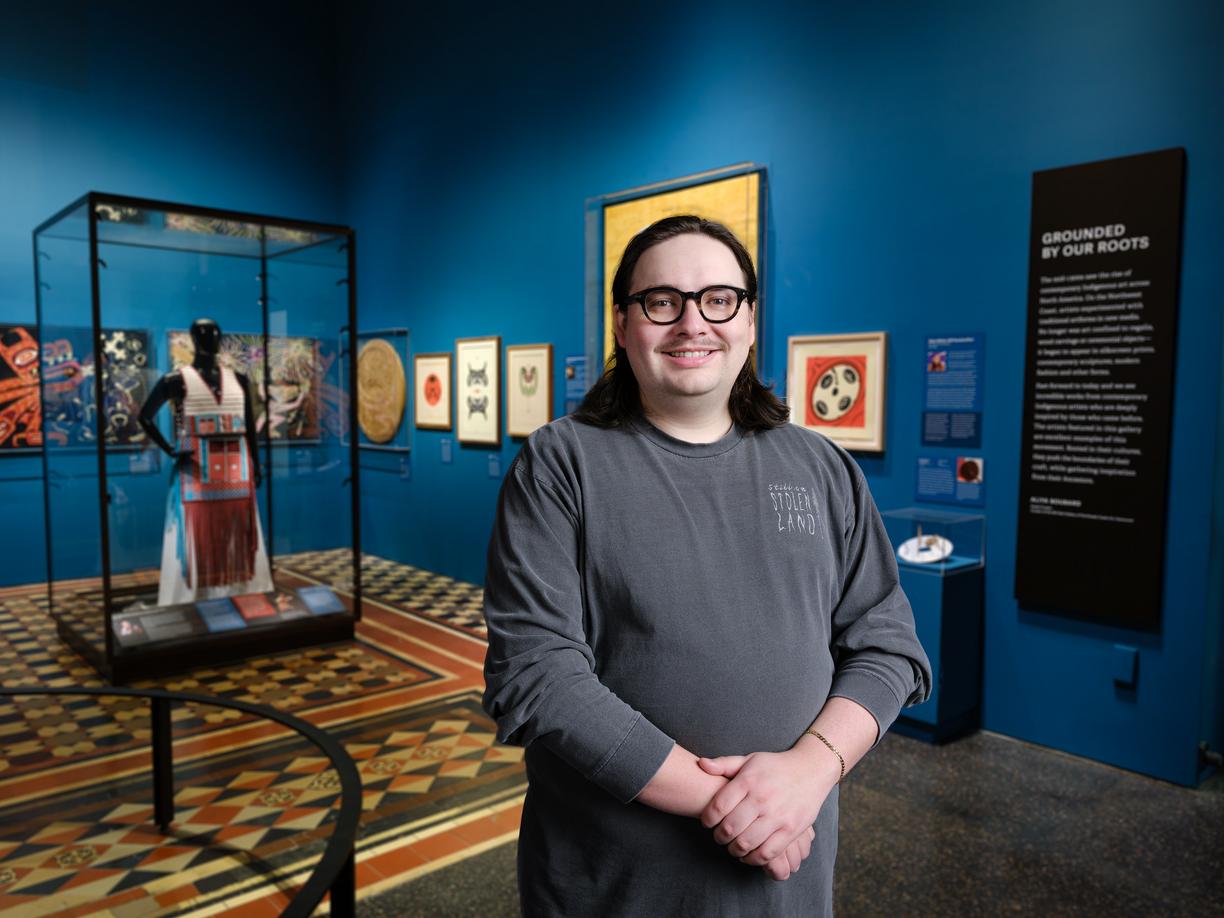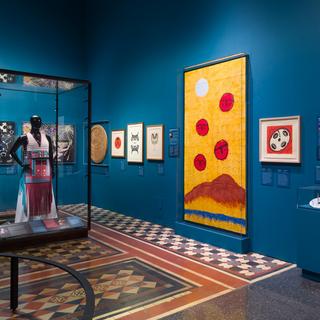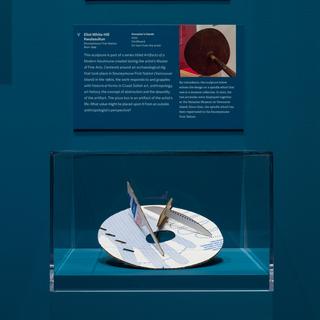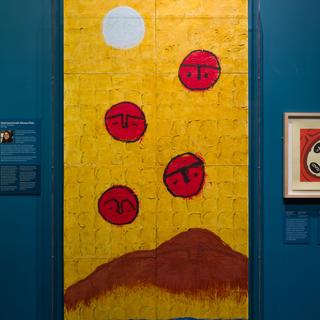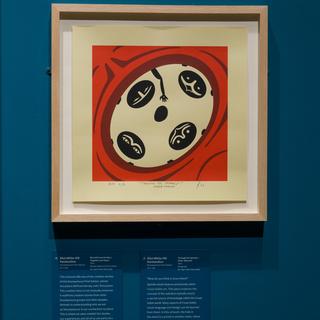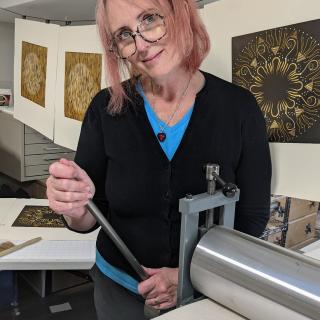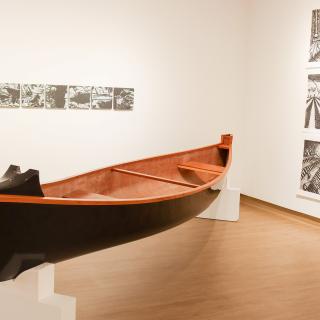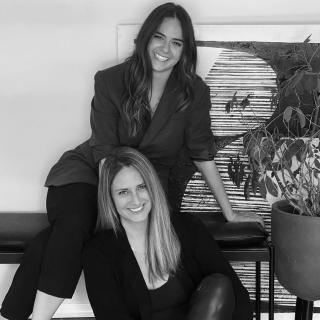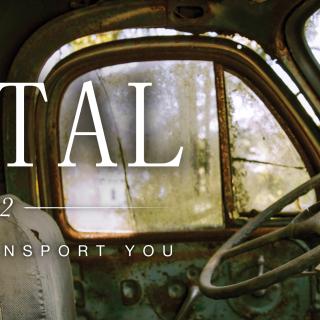Eliot White-Hill is part of Grounded by our Roots, an Indigenous art exhibit at the Museum of Natural History. Photography by Alvaro Keding.
Spotlight on Eliot White-Hill, Kwulasultun
Eliot White-Hill, Kwulasultun’s career has continued to soar in recent years. The VIU Liberal Studies and Philosophy alum has installations at Beban Park Pool and in VIU’s Nanaimo campus library. His achievements led to him being named Emerging Cultural Leader in the City of Nanaimo’s 2021 Culture and Heritage Awards.
Now, White-Hill is gaining international recognition as one of three featured artists in an exhibit at the Museum of Natural History’s Northwest Coast Hall – one of the most significant sites in the Northwest Coast Indigenous art world.
“The volume of people who will get to see my work and hopefully learn about Coast Salish art and culture through what I have shared is a profound and overwhelming thought,” he says.
How did you come to be part of an exhibit at the American Museum of Natural History?
The guest curator of the “Grounded by Our Roots” exhibit is Aliya Boubard, who is the curator of the Bill Reid Gallery of Northwest Coast Art in Vancouver. I have exhibited there so know Aliya well. Aliya reached out to me in the fall asking if I would share my work in this exhibit and I am incredibly honoured that she did.
The Northwest Coast Hall at the American Museum of Natural History is one of the most significant sites in the Northwest Coast Indigenous art world. It was originally curated by the anthropologist Franz Boas in 1899, and it remained the same until it was redeveloped and reopened just a couple years ago. The Boas Hall was hugely problematic, disrespectful and misinformative in how the objects were displayed and knowledge dispersed. The museum worked with co-curators and consultants from the major nation groups of the Pacific Northwest to reimagine the Hall in a way that honours Indigenous culture, teachings and world views. I have seen both and it is a night and day difference. How the objects came to be in New York City, across the continent from their homes, is still very problematic, but the work, effort and care of the individuals who grappled with the redesign is apparent.
For me, the Northwest Coast Hall is where objects that come from my family and my communities now reside. Potlatch screens from my family in Hupacasath adorn the walls and spindle whorls and objects from Snuneymuxw sit in the cases. There are hard and complex feelings about these objects for me. They belong back home. But as an artist, it is a huge honour to have my work shared in this space. I hope that my art sharing space with the art of my ancestors can offer healing to those objects and I made sure to speak to them, acknowledge them and honour them while I was there. To us, these are not just objects or artworks, they are living beings.
How did you choose the pieces?
I wanted to share work that would speak to a broader audience away from our region in the Pacific Northwest, and would also resonate with a museum context and the objects on display there. Two of the artworks I sent play with the imagery of the spindle whorl. One is a print that is very playful and “modern” would be a way to put it, the other is an abstract sculpture that I did using pizza boxes that I made during my thesis work at Emily Carr. It plays with the ideas of modernism and abstraction, and critiques anthropology and archaeological practices. The third piece is a large painting I created for the "Rain Shadow" exhibit at the Nanaimo Art Gallery in 2021, which tells one of the main creation stories from Snuneymuxw. It is a very large work and I didn't expect that it would be in the show, but it was specifically requested by the Museum when they were looking at my work. They created extra space in the budget to make a large protective glass case for it.
What’s next for you?
My goal is to keep going and to see where my art takes me. I’ve been working full time as an artist since I graduated from Emily Carr with my master’s and it has been going well, but there's a definite learning curve when it comes to freelancing as an artist full time. When I first moved to Vancouver to attend Emily Carr, I was wondering whether I would be able to do this as a career, and I had taken a big leap in quitting my office job with Snuneymuxw First Nation’s economic development office. I am proud of myself for achieving that goal. There is major interest and appreciation for Indigenous art and that people want to see our work and hear our stories.
I’m working on a show in Chicago at the Field Museum right now as a guest curator on Salish Woolly Dogs. I also have a show at the Bill Reid Gallery I’m curating for next year. My show at the Nanaimo Art Gallery with Michelle Sound closed last month and I have a show at the Campbell River Art Gallery in the summer too. I have a show in England at the Cambridge University Museum of Archaeology and Anthropology – a group show of Coast Salish and Pacific Island Indigenous artists titled Fault Lines.
Any advice for emerging artists?
The biggest thing is to tell your stories and to believe in the stories and ideas that come to you. Your voice matters. Art is just different ways of using your voice. Don’t stress about using one medium or another; experiment and be playful and find out what speaks to you and then engage with that. And look to the world around you for inspiration. Look at other artists who you resonate with, read and think about different ideas, engage with all of it in different ways.
